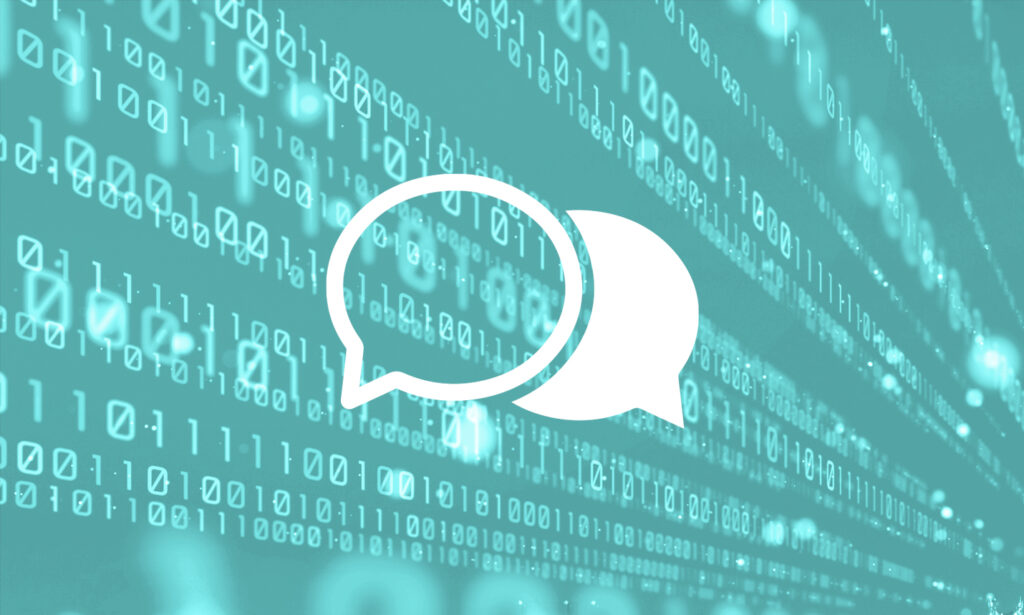It’s beginning to look that way
Does the mention ‘HoloLens’ conjure up images of Martian landscapes in your mind? It certainly used to for me given the level of coverage that extra-terrestrial demo received when Microsoft first launched its ‘mixed reality’ platform a couple of years ago. And to be honest, intriguing though it was, back then it seemed a long way off ready, so I filed it under ‘interesting proof-of-concept’, and pretty much put it to one side.
But I have to say that the whole proposition has moved on considerably in the interim. I realised this when I listened to the latest HoloLens pitch at Microsoft’s recent Future Decoded event, and got to experience the technology first-hand. Everything I heard and saw revolved around hard-core business use cases.
If you aren’t familiar with the idea of mixed reality, there are loads of videos on YouTube and elsewhere that explain the concept. Suffice to say for now that it’s basically about projecting a virtual overlay onto the real world that you see in front of you. In its simplest form, this can be done by holding up a smartphone or tablet running a mixed reality app, and seeing digital objects superimposed onto whatever you are looking at. The whole thing really comes to life, though, when a head-set is used. You then get a full 3D holographic experience, which feels surprisingly natural.
The obvious question from a business perspective, however, is what’s the point? This is where the demo I received really worked. There was nothing unearthly or sensationalist about it – the scenario revolved around a couple of pretty mundane industrial sales and service scenarios.
When I donned the HoloLens headset and it fired into action, what I initially saw was a hologram of a cylindrical piece of industrial machinery sitting on a (real) table a few feet away. I could walk around it and view it from different angles, just like I would if the object was real. The bit that was different was that I could virtually ‘click’ on any part of the object by directing my gaze at it (via a ‘visual cursor’) and using the appropriate hand gesture. The application, built by ‘Industry 4.0’ specialists PTC, then opened the casing, pulled out components, showed me technical specs, and performed various other actions depending on the context.
This kind of application has a couple of clear uses, training being the first one. In the demo it was an industrial appliance made up of pumps, filters, etc, but it could equally have been a virtual human body in a medical context. The other obvious use is in sales, giving a rep the ability to demonstrate a piece of big heavy machinery and see how it would fit into the customer’s environment, without having to physically lug it to the customer site (which may not always be possible anyway).
The second part of the demo, however, really brought home the notion of mixed reality. Sitting next to the holographic appliance on the same table was the real thing – a big, solid chunk of metal. Now we switched to a field service scenario, in which the job at hand was to open the casing and replace one of the components. At this point, the HoloLens headset superimposed highlights, pointers, and floating parts and tools onto the scene to show me exactly what I would have to do to carry out the repair or maintenance. It even displayed boards hovering conveniently in mid-air so I could read the key steps in the standard operating procedure, all, of course, while keeping my hands free to work on the job.
For me, the demo was effective because it was so practical and matter-of-fact. And this real-world, business-focused spirit came across from Lorraine Bardeen, who is responsible for Microsoft’s strategy and execution in this space. During presentations and discussions, she highlighted five generic use-cases that she said came up time and again in a business context:
Training, either through simulations (as described above) or instruction while actually out in the field. The principle here is to facilitate ‘on-the-job’ training more efficiently, which is frequently more effective than classroom based instruction or traditional computer-based training (CBT).
Remote expert, where mixed reality allows a colleague or service partner to see what you see, and provide appropriate assistance or instruction, including drawing on the ‘scene’ remotely using their tablet. Integration with collaboration systems is key here.
Space and planning, exploiting the technology’s capability to place virtual objects into a real-world environment. Holograms of furniture, storage units or product displays, scaled to full size, can be placed and moved around via a few hand gestures.
Prototyping and design, leveraging integration with CAD/CAM and other modelling and simulation tools. Microsoft itself is also looking to democratise activity in this space by embedding 3D functions into Windows and Office 365.
IoT data visualisation, which is based on superimposing metrics and analytics onto connected objects. Consider, for example, the ability to look at a piece of equipment and see a chart of historical readings from its sensors pop into your view.
One of the things I find interesting about these use cases is that most of them relate to needs that were identified many years ago. When I was working on service-design in relation to early 3G-based solutions back in 2001, for example, applications such as field-based training, on the job instruction and remote expert assistance were all identified as potential solutions. The problem was that the hand-held nature of the devices got in the way of adoption. Mixed-reality technologies that allow a richer and, as importantly, a hands-free approach, allow many of those ideas from 16 years ago to be revisited – indeed Microsoft cites a whole range of early adopters who are already doing so.
While I can’t vouch directly for the mainstream-readiness of HoloLens in terms of overall fitness for purpose in any given situation, what I can say is that both the thinking and the technology seems to be maturing quite rapidly. And from checking around, the same can be said about solutions from other vendors in this area delivered at various price-points, so we are now convincingly past the proof-of-concept stage.
If, like me, it’s been a couple of years since you last looked, it might therefore make sense to bring yourself up-to-date and start to consider the potential of mixed reality in your own business.
Dale is a co-founder of Freeform Dynamics, and today runs the company. As part of this, he oversees the organisation’s industry coverage and research agenda, which tracks technology trends and developments, along with IT-related buying behaviour among mainstream enterprises, SMBs and public sector organisations.





Have You Read This?
From Barcode Scanning to Smart Data Capture
Beyond the Barcode: Smart Data Capture
The Evolving Role of Converged Infrastructure in Modern IT
Evaluating the Potential of Hyper-Converged Storage
Kubernetes as an enterprise multi-cloud enabler
A CX perspective on the Contact Centre
Automation of SAP Master Data Management
Tackling the software skills crunch